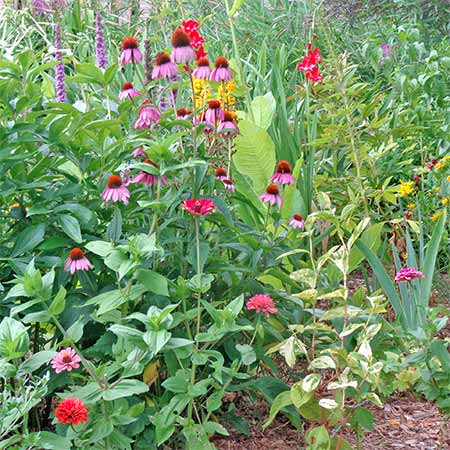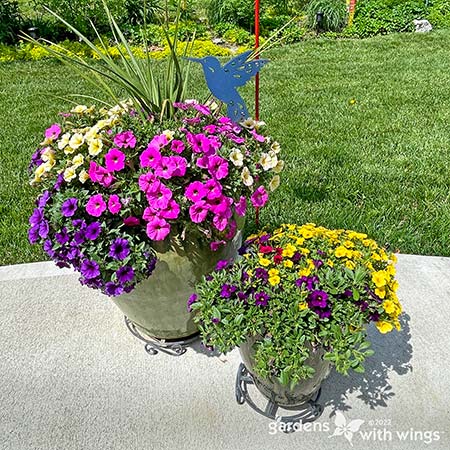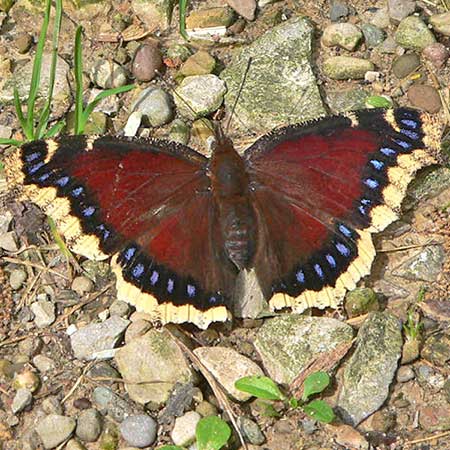Let’s talk about creating a butterfly garden that goes beyond just throwing some pretty flowers in the ground and crossing your fingers. If you really want to keep these enchanting visitors coming back, you need a game plan to provide them with food throughout the year. Trust me, it’s not always easy – even seasoned gardeners struggle with keeping those blooms coming.

Getting to Know Your Flutter Friends
Here’s something cool about butterflies: they’re not all active at the same time. Some are just passing through on their migration routes, while others might be hanging out in your neighborhood year-round. Take Mourning Cloaks, for instance – these early birds show up in spring looking for nectar, while Monarchs swoop in during late fall on their epic journey south.
Building Your Garden’s Greatest Hits Playlist
Think of your garden like a concert lineup – you want different plants taking the stage throughout the seasons. Start spring with some crowd-pleasing native wildflowers like columbine and phlox. When summer hits, let butterfly weed and zinnias steal the show. As fall rolls around, asters and goldenrods can take center stage. And if you’re lucky enough to live somewhere warm, winter jasmine and mahonia can keep the party going through the cold months.
Dealing with Those Awkward Gaps
You know what’s tricky? Those pesky periods when nothing seems to be blooming. It’s like when your favorite playlist suddenly goes quiet. Keep a garden diary – trust me, it helps track when your plants start and finish their show. The tricky spots usually hit during those seasonal transitions, especially from spring to summer and late summer to fall.

Here’s a pro tip: get yourself some container plants. They’re like your garden’s roadies – you can move them wherever you need color. Some gardeners even keep a flower subscription service on speed dial for emergency backup during key migration times. Hey, sometimes you need a plan B!
Rolling with the Punches
Gardens are full of surprises and not always the good kind. Late frost might crash your spring party, or disease could take out your star performers. Build yourself a safety net: know which local nurseries stock butterfly-friendly plants, and maybe set aside a little “oops fund” for those garden emergencies.
Want to get clever? Create different microclimates in your garden. Plants in shady spots often bloom later than their sun-loving cousins, while protected areas might keep blooming when others get zapped by frost. And don’t forget the basics – deadheading spent flowers is like asking your favorite band for an encore.
Playing the Long Game
With the weather getting more unpredictable these days, you’ve got to stay on your toes. Consider investing in irrigation for those bone-dry spells, and keep some row covers handy for surprise cold snaps. Making friends with local gardening groups is pure gold – they’re like having a gardening help desk on speed dial.
Your butterfly garden should be as unique as your neighborhood. Pay attention to which plants are butterfly magnets and which ones can handle whatever Mother Nature throws at them. And remember, you’re not alone in this – local butterfly and native plant groups are usually excited to share their knowledge.
Here’s the thing about creating a butterfly garden: it’s more of a journey than a destination. Each season teaches you something new about what works and what doesn’t. Start with reliable plants, plan for those quiet periods, and stay flexible. When you see butterflies dancing through your garden all season long, you’ll know it was worth every minute of planning.








